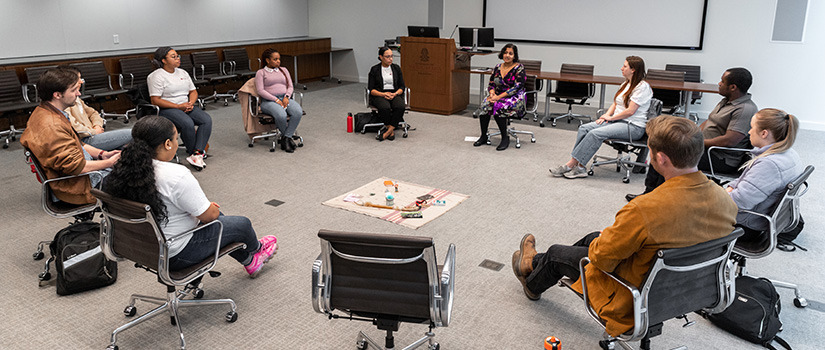Restorative justice (“RJ”) is a response to wrongdoing that involves bringing together the interests and needs of the person who has been harmed, the person who has committed the harm, and community stakeholders, to arrive at a place of accountability and reparation.
No, not necessarily. Some harms may constitute a crime under the law, but many do not. Similarly, not all crimes result in the sort of harm that warrants a restorative response. A harm may be an act of physical violence, a theft, an act of deception, a pattern of emotional abuse, or any other act that causes damage to another person.
Yes. Just like the criminal legal system, restorative justice recognizes that there ought to be consequences when a harm occurs. Whereas the criminal legal system offers largely punitive responses, a restorative process is a tailored approach that prioritizes accountability and repair over punishment. The exact consequences are determined by the needs of those involved. Accountability is not an easy process. It requires sincere acknowledgment of the harm, participation in the process of determining what measures should be taken to repair the harm, and a plan for carrying out those measures. The actions required to repair harm can range and depend on the circumstances of the harm.
Restorative justice is carried out through restorative processes, which take many different forms and are designed to fit the needs of each particular context. Some examples include face-to-face dialogues, circles, and conferencing.
Restorative justice is for everyone and it can be used in a wide variety of contexts including in schools, the juvenile justice context, and as a response to intimate partner violence.
We do! If you would like to stay up to date on our upcoming offerings, join our email list by sending an email to krussell@sc.edu asking to be added.
